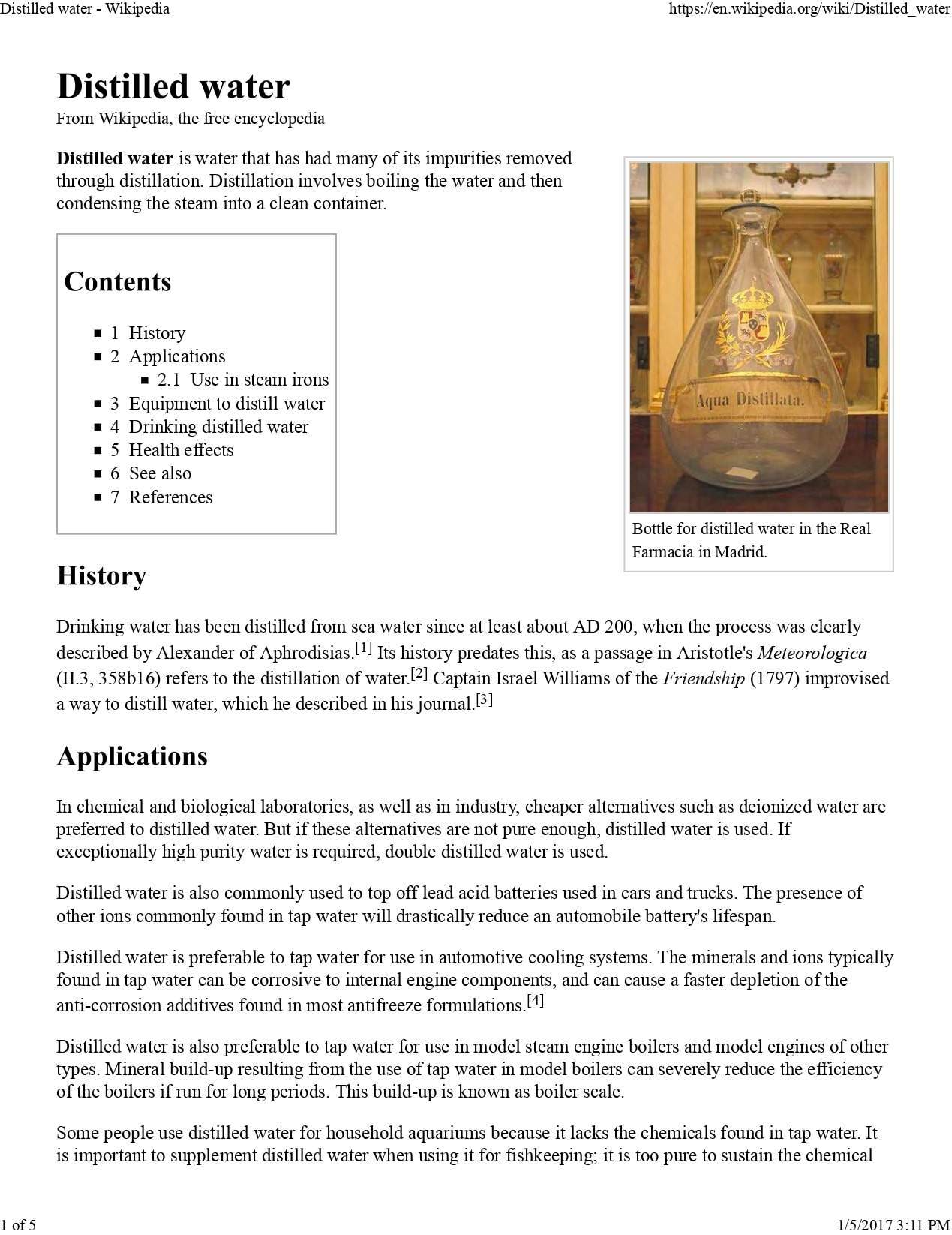Scaling Up Household Water Treatment Among Low-Income Populations
Interventions to treat and maintain the microbial quality of water at the household level are among the most promising of these approaches. In many settings, both rural and urban, people have access to sufficient quantities of water, but that water is unsafe. Effective household water treatment and safe storage (HWTS) if used correctly and consistently can significantly improve the microbiological integrity of the water at the point of ingestion. Ensuring widespread and equitable access to effective HWTS solutions to those for whom water is a significant pathway for the transmission of enteric infection can deliver some of the health benefits of improved water supplies and thus complement other efforts in water, sanitation and hygiene.
This report examines the evidence to date regarding the scalability of HWTS. It seeks to consolidate existing knowledge and experience and distill the lessons learnt. Its primary aims are to 1) review the development and evolution of leading household water treatment technologies in their efforts to achieve scale, 2) identify the main constraints that they have encountered and 3) recommend ways forward.
Scaling Up Household Water Treatment Among Low-Income Populations
Interventions to treat and maintain the microbial quality of water at the household level are among the most promising of these approaches. In many settings, both rural and urban, people have access to sufficient quantities of water, but that water is unsafe. Effective household water treatment and safe storage (HWTS) if used correctly and consistently can significantly improve the microbiological integrity of the water at the point of ingestion. Ensuring widespread and equitable access to effective HWTS solutions to those for whom water is a significant pathway for the transmission of enteric infection can deliver some of the health benefits of improved water supplies and thus complement other efforts in water, sanitation and hygiene.
This report examines the evidence to date regarding the scalability of HWTS. It seeks to consolidate existing knowledge and experience and distill the lessons learnt. Its primary aims are to 1) review the development and evolution of leading household water treatment technologies in their efforts to achieve scale, 2) identify the main constraints that they have encountered and 3) recommend ways forward.
Reverse Osmosis Drinking Water System c/w Booster Pump and Inlet Solenoid
Feed water enters the 5-micron pre-filter, which filters out suspended particles such as dirt or sediment. The filtered water then enters the pre-carbon filter, which contains granular activated carbon, which removes any chlorine from the water. The water then enters the reverse osmosis membrane. The membrane will allow only permeate (product water) to pass through. The brine (waste water) goes to the drain.
Reverse Osmosis Drinking Water System c/w Booster Pump and Inlet Solenoid
Feed water enters the 5-micron pre-filter, which filters out suspended particles such as dirt or sediment. The filtered water then enters the pre-carbon filter, which contains granular activated carbon, which removes any chlorine from the water. The water then enters the reverse osmosis membrane. The membrane will allow only permeate (product water) to pass through. The brine (waste water) goes to the drain.










